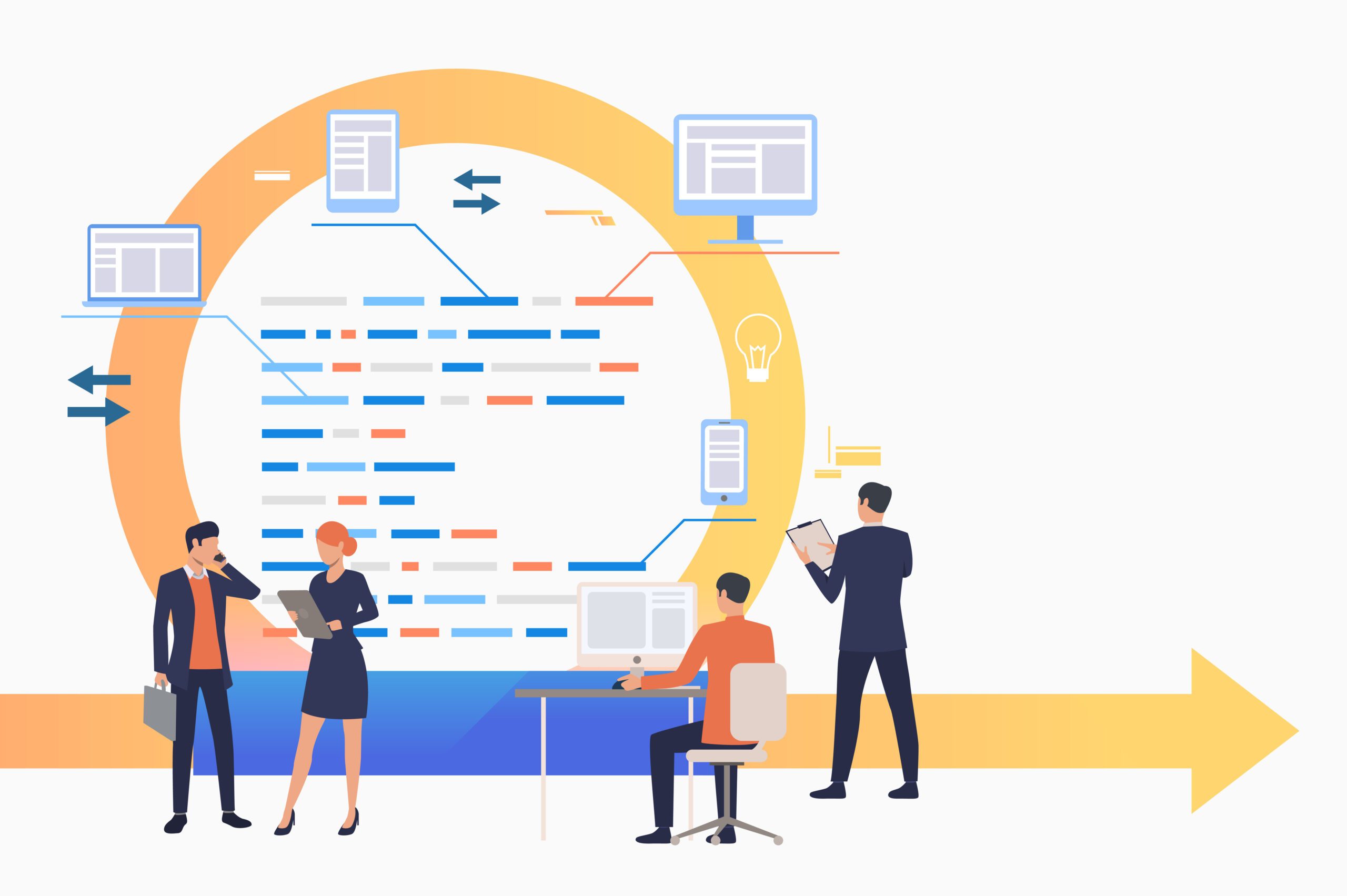Over the last 3 years, I’ve helped new HealthEdge clients implement our software. During that time, I’ve learned countless tips and tricks to improve the implementation experience.
There’s the technical software implementation, but today we’ll be looking at the people side of implementation. The team members who will be sunsetting the old software, implementing the new software, and linking it into the ecosystem.
These are my top 3 tips for a smoother software implementation:
1. Create a shared vision of the future
Even with the best possible outcome – change is hard. The people on your team are grappling with all the balls they’re currently juggling plus trying to learn this new system and get it plugged into your ecosystem. It’s natural to resist change and cling to the status quo.
The key is to create a vision of the future that’s so exciting and engaging your team can’t help but get pulled into the possibility of this amazing future state. Make the vision so compelling your team can’t help but be intrigued by the new software – even with the imminent growing pains.
For example, a health plan that implemented our product Source, achieved an amazing ROI after implementation:
- Decrease of 800,000 erroneous claims per year for an estimated savings of $4M/year
- Automated claims process saving approximately $6-12 per claim
- Reduced IT overhead, saving $350-500K annually
By getting your team excited about the possibilities and demonstrating how amazing the future can be AFTER the change, you get them engaged at the onset of the implementation.
2. Begin with the end in mind: workflow & operating procedures
It’s so easy to take a new piece of software and try to adapt it to the old way of doing things. This leads to recreating old systems, riddled with workarounds, and partial functionality. It’s a surefire way to get your team feeling frustrated and disappointed with the new software.
One of the things we focus on in HealthEdge’s Education Services is analyzing business scenarios. And then, we optimize workflow and operating procedures for those scenarios.
Encourage blank space, white board thinking – how can we leverage this innovative technology to optimize and enhance our way of work?
3. Customize training and onboarding
Each of our customers has a different business need for their implementation, and their team members have different roles and responsibilities. Custom instruction that is tailored to your needs is vital to engaging your team because each person who will be interacting with the new software wants to know, What’s in it for me? What do I need to know to be able to do my job well in this new environment? We don’t want to bore experienced analysts or overwhelm team members with less experience.
Unsurprisingly, the confidence gap is a huge barrier to software acceptance. Providing customized training and onboarding helps employees feel confident using the new software. There’s a direct correlation between new software training and new software optimization and acceptance.
HealthEdge Education Services
HealthEdge has a team dedicated to education and implementation success. I’m proud to be a part of our Education Services and help our new customers successfully implement our suite of products. Learn more about our Implementation Services here.



